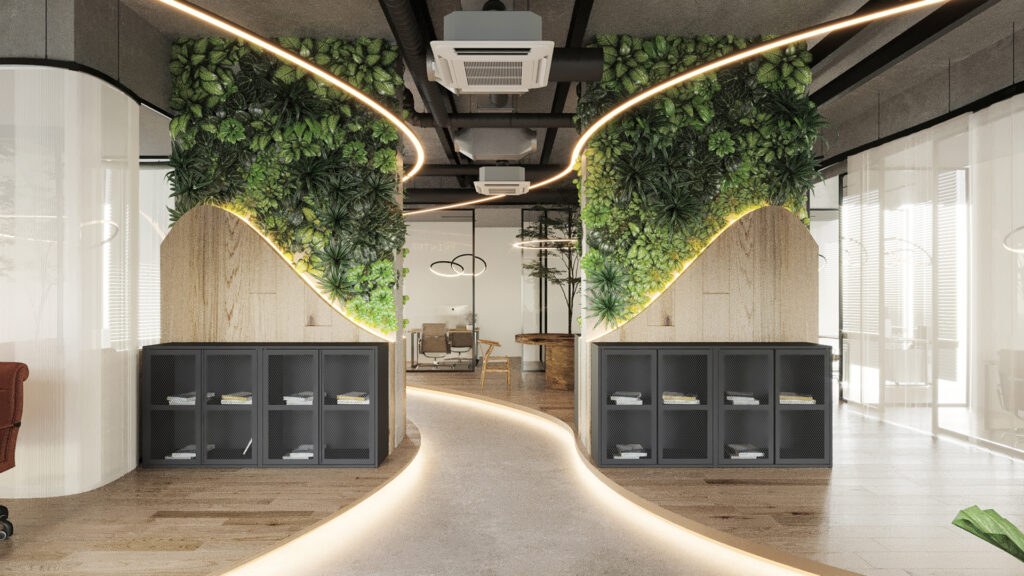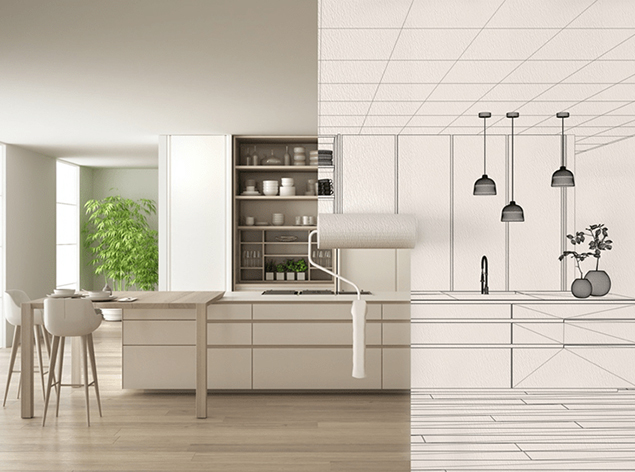Introduction
In the hustle and bustle of modern life, connecting with nature is more important than ever. Biophilic design, a concept rooted in our innate love for nature, seeks to bring the outdoors into our indoor spaces. By integrating natural elements, textures, and patterns, biophilic design creates environments that promote well-being, reduce stress, and enhance our overall quality of life. In this blog post, we will explore the transformative power of biophilic design and offer practical tips on how to incorporate it into your home.
Understanding Biophilic Design
Biophilic design is not just a trend; it’s a holistic approach to interior design that draws inspiration from the natural world. The term “biophilia” was coined by biologist Edward O. Wilson and refers to our instinctual affinity for nature and natural processes. Biophilic design seeks to foster a deep connection between humans and the environment through elements such as:
- Natural Light: Maximizing the use of natural light through large windows, skylights, and strategically placed mirrors.
- Natural Materials: Incorporating materials like wood, stone, and bamboo to evoke a sense of nature indoors.
- Indoor Plants: Bringing greenery into the space with potted plants, vertical gardens, and even moss walls.
- Water Features: Introducing elements like fountains or indoor ponds to create a calming and soothing ambiance.
- Views of Nature: Framing views of gardens, parks, or natural landscapes to establish a visual connection with the outdoors.
- Biophilic Patterns: Incorporating patterns and textures inspired by nature, such as leaf motifs or organic shapes.
The Benefits of Biophilic Design
- Improved Well-Being: Studies have shown that exposure to nature and natural elements can reduce stress levels, improve mood, and enhance cognitive function.
- Increased Productivity: Incorporating biophilic elements in workspaces has been linked to higher productivity and creativity.
- Better Air Quality: Indoor plants play a crucial role in purifying the air by absorbing pollutants and releasing oxygen.
- Enhanced Creativity and Focus: A connection with nature fosters a sense of tranquility that can lead to increased focus and creative thinking.
Incorporating Biophilic Design into Your Home
- Maximize Natural Light: Remove heavy drapes and opt for sheer curtains or blinds that allow natural light to flood your space.
- Introduce Indoor Plants: Select a variety of low-maintenance indoor plants that thrive in your specific environment.
- Use Natural Materials: Incorporate wooden furniture, stone countertops, and natural fiber textiles to infuse your space with a touch of nature.
- Create Nature-inspired Zones: Designate specific areas with natural elements like a reading nook surrounded by plants or a meditation corner with a water feature.
- Artwork and Photography: Decorate your walls with nature-themed artwork or photographs of serene outdoor landscapes.
- Furniture Placement: Arrange furniture to maximize views of nature or position seating near windows to create a sense of connection with the outdoors.
Conclusion
Embracing biophilic design in your home is a transformative journey that allows you to reconnect with nature on a daily basis. By incorporating elements inspired by the natural world, you can create spaces that promote well-being, productivity, and a profound sense of harmony. Whether it’s through the introduction of plants, the use of natural materials, or the strategic placement of windows, biophilic design offers a wealth of benefits that can truly enrich your living environment. Elevate your space, and let nature work its wonders within your home.






